Bonnie Korbell, Rancher
“Land Lords,” by Lauren Smith Ford | February 2015 issue
Vast tracts of family land are largely a thing of the past—most parcels get partitioned into smaller subplots and sold off when they are passed down from one generation to the next—but a few holdouts remain. “This ranch has been in my family for almost fifty years,” said Korbell of her largest spread, the 101 Ranch, which straddles Presidio and Brewster counties. “My husband, John, and I take our responsibility to protect this grassland and its wildlife very seriously. Our three children and five grandchildren try to come out often; our ranches are the center of our lives as a family.”
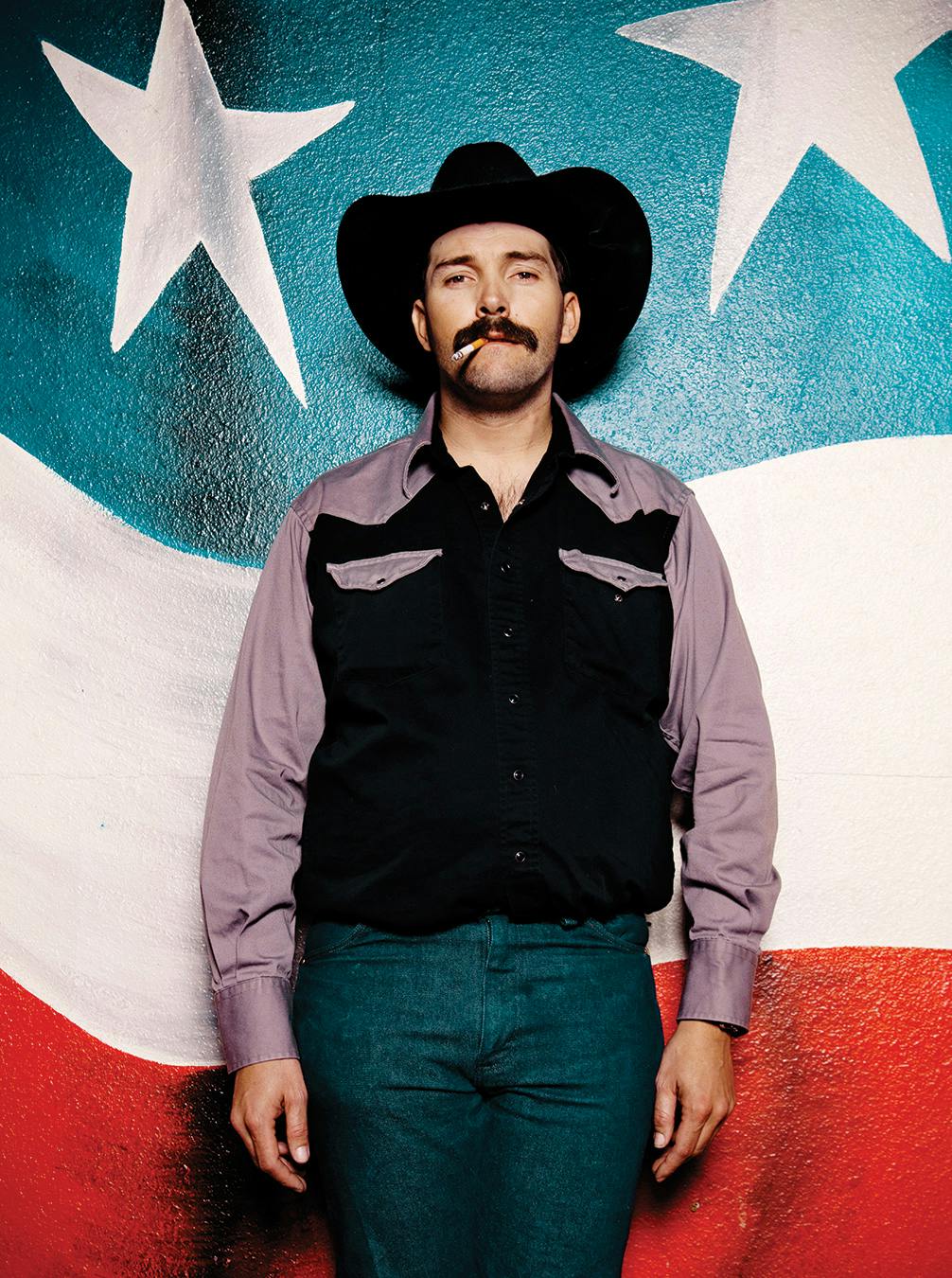
Benjamin Speight, Patron of Odessa’s Graham Central Station
“Saturday Night,” by Jordan Breal | March 2009 Issue
Texas has no shortage of fancy, fashion-forward types, but in our 2009 style issue, we posited that some of the boldest statements were being made not by upper-crust connoisseurs but by regular folks looking to make an impression while out on the town. That included Speight, photographed at an Odessa honky-tonk. As Breal’s piece made clear, “There’s one night of the week that brings out the shiniest buckles, the shortest dresses, the smartest hats, the tightest jeans, the starchiest shirts, and the flashiest bling.”

T. Boone Pickens, Energy Magnate
“There Will Be Boone,” by Skip Hollandsworth | September 2008 Issue
The oil patch has seen its share of larger-than-life characters, but none larger than Pickens, pictured here with his then wife Madeleine. In 1956 he launched what would become Mesa Petroleum, which grew into one of the world’s largest independent oil companies. Then, a decade ago, he poured his own millions into an audacious effort to break America’s addiction to foreign oil by way of investing in alternative energy. “Oh, what the hell, what would be all that bad about reducing our carbon footprint?” he asked Hollandsworth.
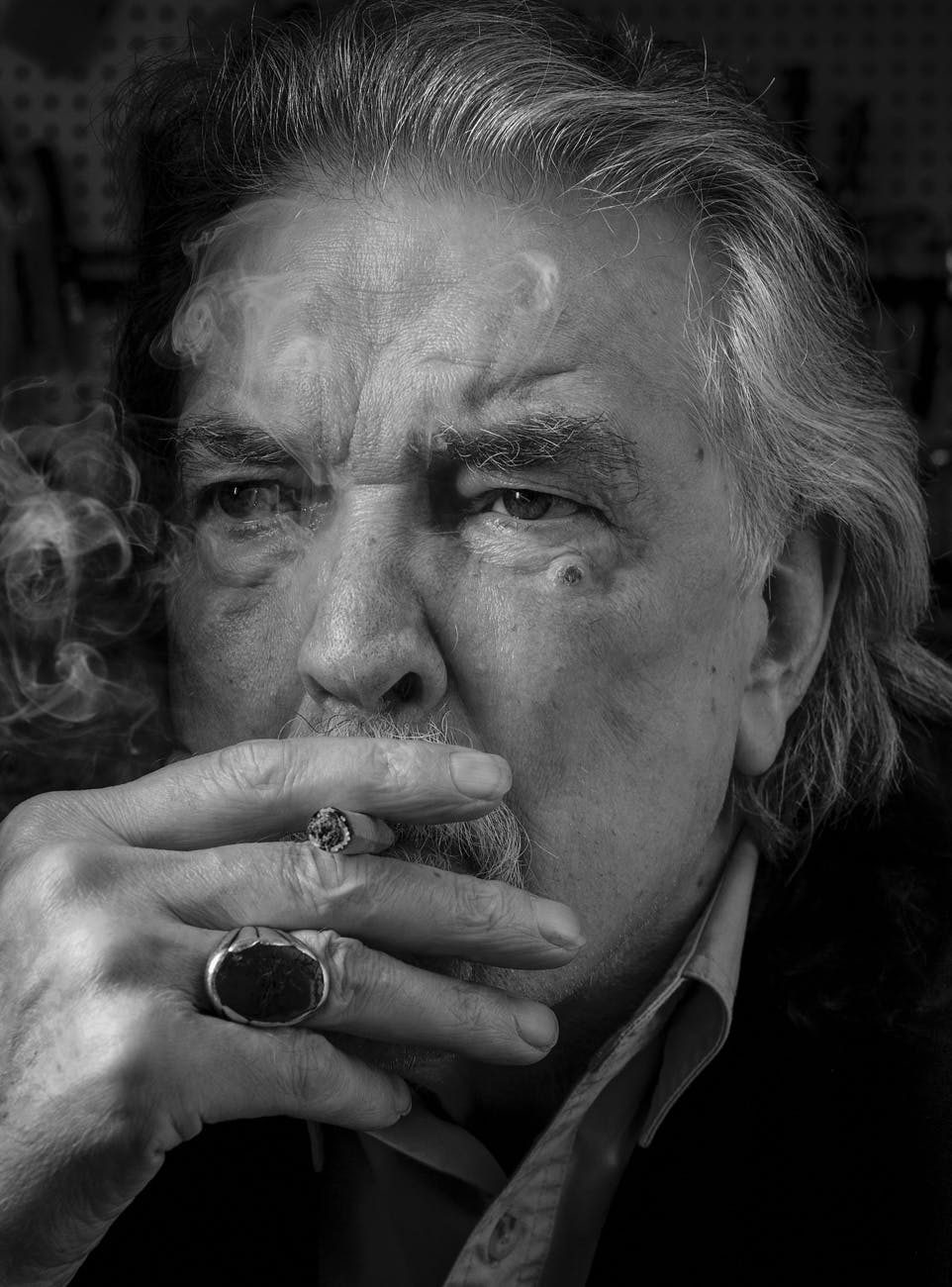
Guy Clark, Songwriter
“He Ain’t Going Nowhere,” by John Spong | January 2014 Issue
The godfather of Nashville songwriters—the creative force behind all-time classics like “L.A. Freeway”—continued penning lyrical triumphs long after most of his contemporaries, a revered group that included Townes Van Zandt and Jerry Jeff Walker. As Spong noted, his longevity as an artist was an achievement unto itself: “Songwriter years, like dog years, aren’t the same as people years.” Shortly after publication, Clark won a Grammy Award for Best Folk Album for My Favorite Picture of You. He died in 2016, at the age of 74.

Longina Mendoza, Matador
“Bloodless Sport,” by Katy Vine | June 2014 Issue
Traditional bullfighting, practiced on the Mexican side of the border, is illegal in the United States. But in the Santa Maria Bullring, in La Gloria, 55 miles northwest of McAllen, the bullfighter’s kill is only symbolic. “Instead of driving a sword through the animal’s withers and into its heart, the matador reaches over the bull’s horns and plucks a flower affixed to the hide with Velcro and a little glue,” Vine wrote. In this photo, Mendoza, who mentors younger fighters, wraps himself in a classic capote de paseo.
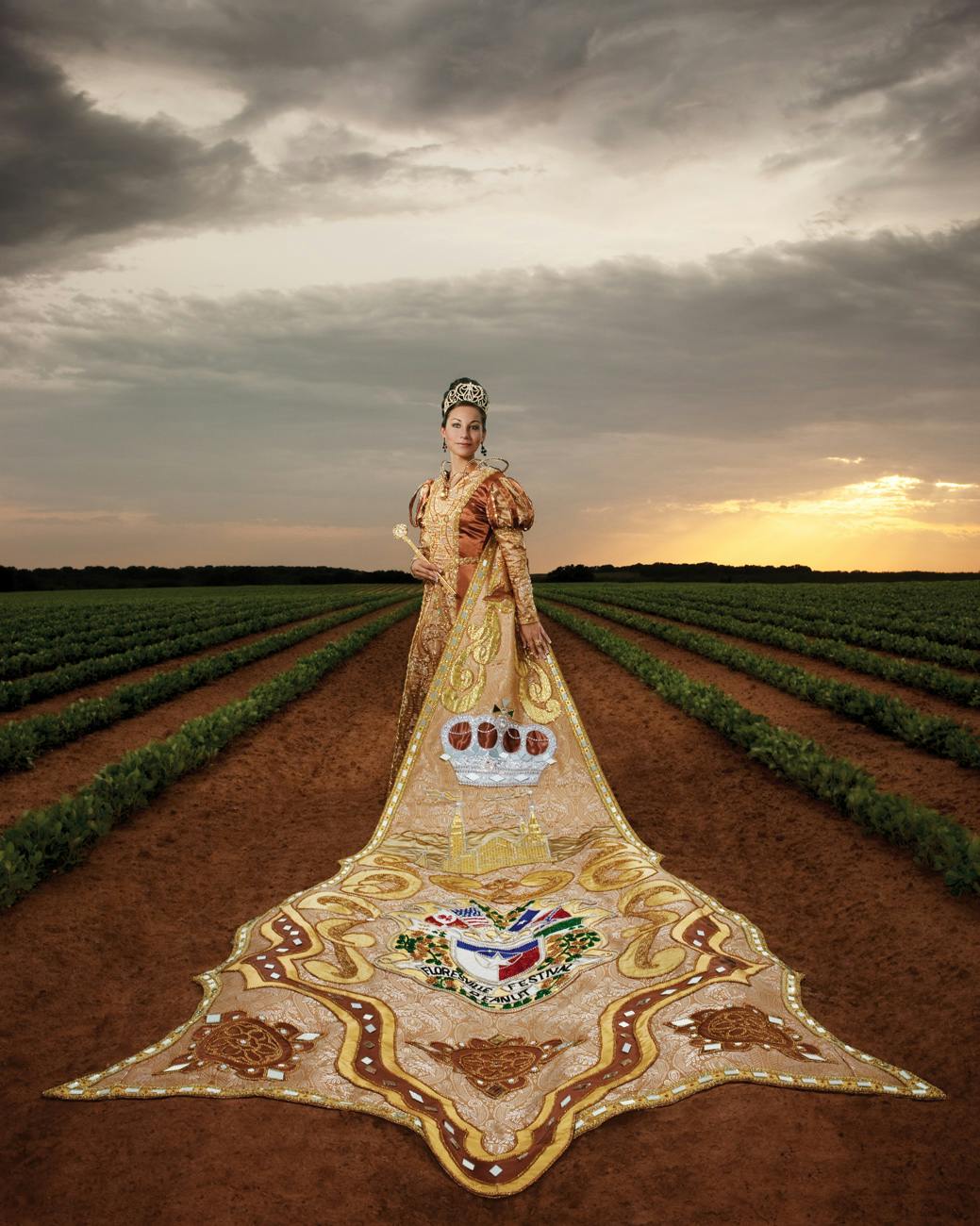
Sarah Nina Treviño, Queen of the Floresville Peanut Festival
“Fairest of the Fair,” by Katharyn Rodemann | September 2009 Issue
“Texans generally don’t cotton to royalty, except for when it’s local: Each year, almost every town across the state crowns a young queen at its community festival,” Rodemann wrote. Treviño, like many a great monarch, proudly helped to uphold longtime traditions on the brink of extinction. “We have only one peanut field left in Floresville this year because of the drought,” she said, “so it is really special, not just for the peanuts it produces but also for the history it represents.”
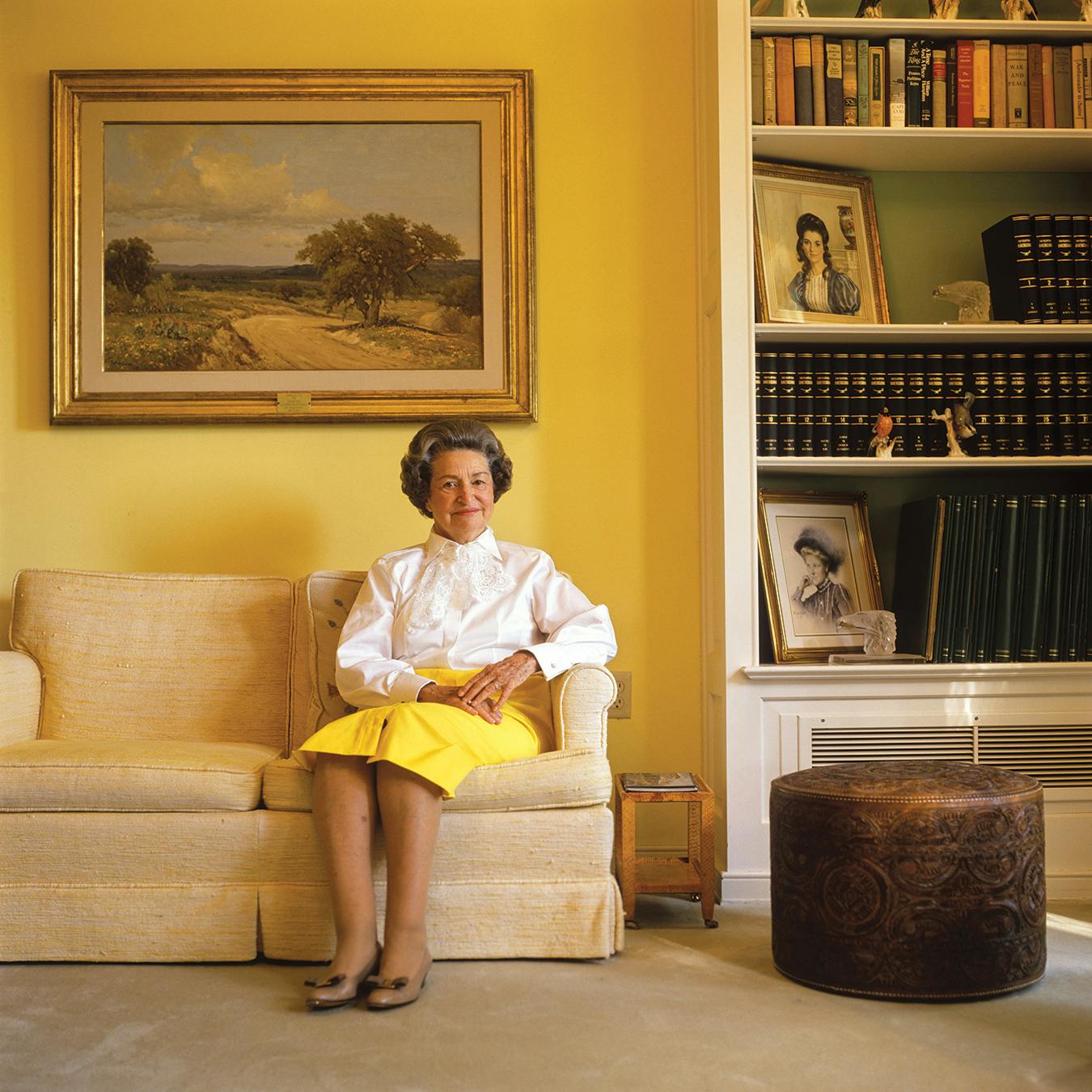
Lady Bird Johnson, First Lady of the United States
“Lady Bird Looks Back,” by Jan Jarboe Russell | December 1994 Issue
Even as her husband proved to be a relentlessly polarizing figure, Lady Bird Johnson, who died in 2007, somehow managed to transcend the political fracas, inspiring an almost universal fondness among Texans and Americans alike. “If Texas had a queen, Lady Bird Johnson would be it,” wrote Russell. “Over the years, she became the embodiment of much of what we think about Texas women of her generation.”
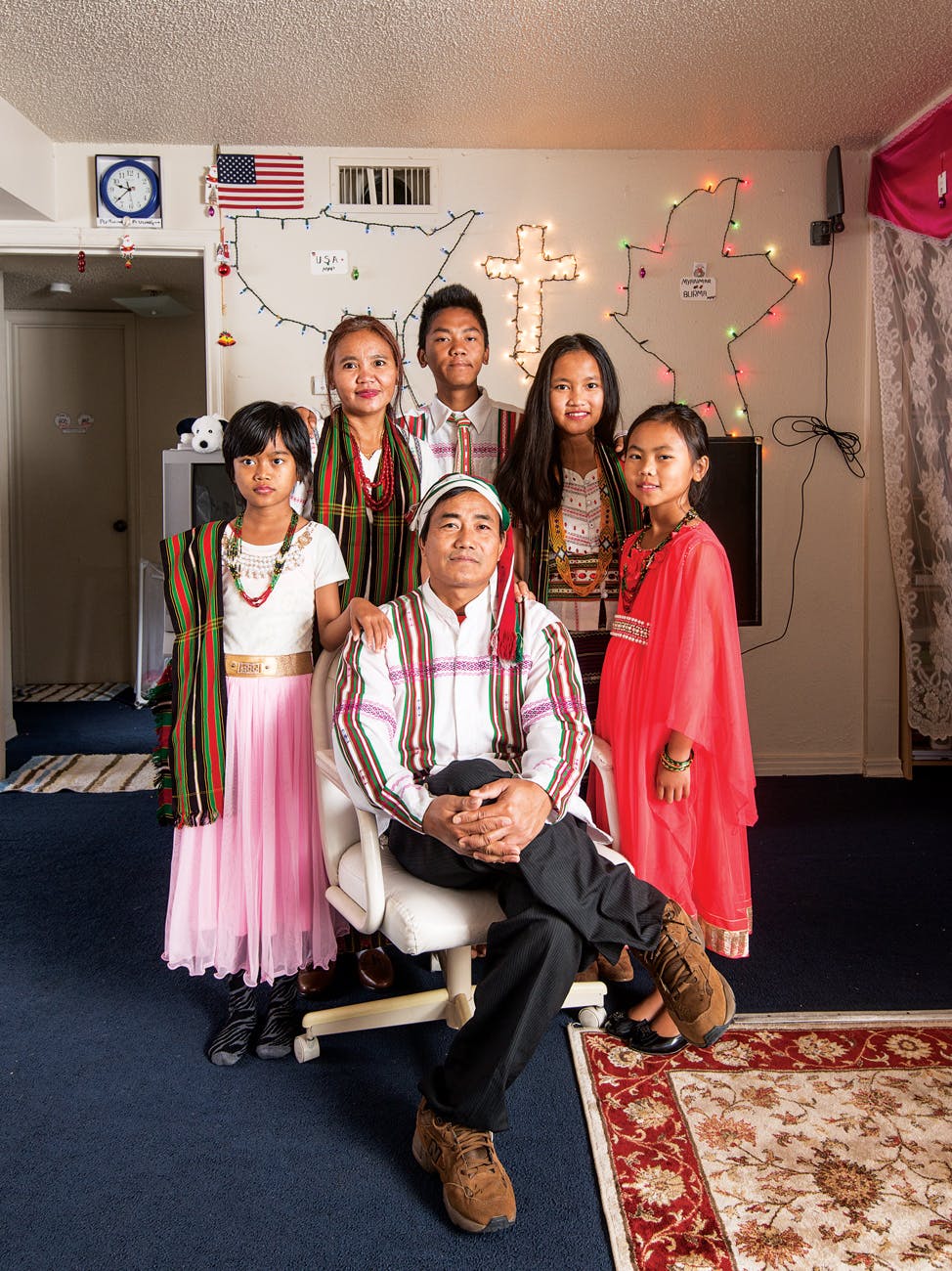
Dim Niang, Zam Kap, and Children, New Texans
“Lost and Found,” by Katy Vine | December 2016 Issue
Texas has long served as a destination for refugees, and at the time of publication, Amarillo was accepting more per capita than anywhere else in the state. Dim (second from left) and Zam (seated) fled Myanmar and arrived in the Panhandle city in 2013. Four times a year, Dim would use $10 from the family’s savings to call her parents in Myanmar. “They think that we will be rich and already have lots of money,” said her oldest child, Abner (back row, center). “That’s all our people believe.”
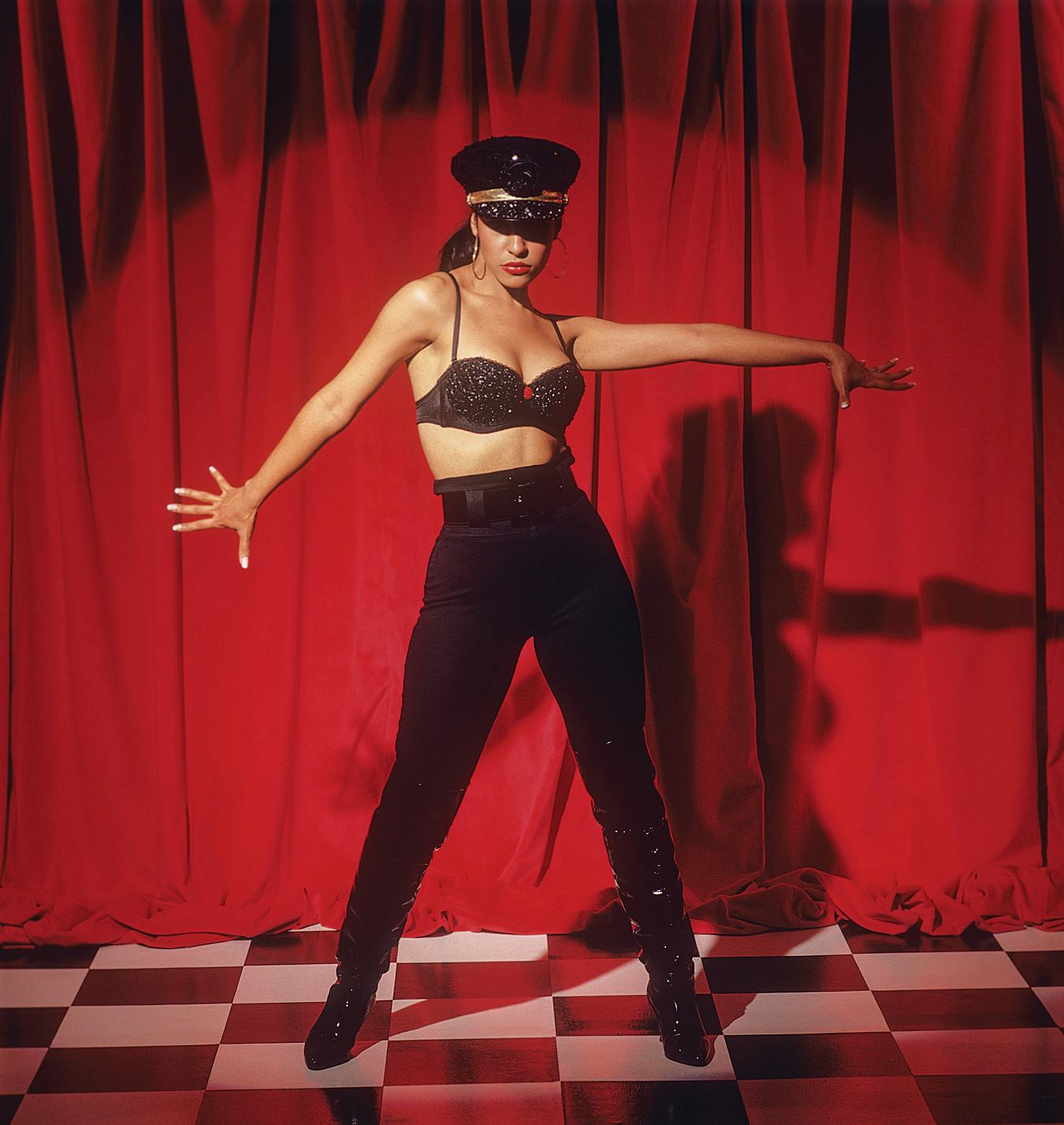
Selena Quintanilla Pérez, Singer
“Dreaming of Her,” by Pamela Colloff | April 2010 Issue
Selena was only beginning to come into her own when she was murdered, at the age of 23. “The Queen of Tejano Music was a third-generation Texan who initially struggled to speak Spanish, even as her Spanish-language songs, which she had learned to sing phonetically, climbed the charts,” wrote Colloff. “Her final concert at the Astrodome broke all previous attendance records, and yet to many Anglos, she was a complete unknown.” In death, of course, her legend eclipsed all borders.

Bun B, Rapper
“Man About Town,” by Katy Vine | May 2014 Issue
“Bun B’s life these days is so deeply intertwined with Houston’s that he is often referred to as the city’s unofficial mayor,” wrote Vine. From Houston Food Bank drives to guest appearances on sports shows to a stint as a distinguished lecturer at Rice University for a course called “Religion and Hip-Hop Culture,” the rap trailblazer can seem, at times, like a one-man chamber of commerce promoting Houston. “You could ask him something crazy, like where to find left-handed scissors in Houston, and he could probably point you in three different directions,” said Houston rapper Chamillionaire.

Disciples of the Lord Jesus Christ, Franciscan Sisters
“The Sisters of Prayer Town,” by Bob Phillips | December 2016 Issue
Though religious participation is on the decline nationally, 86 percent of Texans say that religion is still at least somewhat important to their lives, according to a 2014 Pew study. But few are as devoted as this small band of Franciscan sisters in Oldham County. “The seventeen women who live here, a diverse group from all parts of the globe, long ago took vows of chastity, poverty, and obedience, and they perform their chores and eat their meals without conversation, persevering with hard work and prayer,” wrote Phillips.

Joaquin Jackson, Retired Texas Ranger
“Called to Arms,” by Lauren Smith Ford | April 2016 Issue
Gun ownership is deeply embedded in the culture and history of the state, yet the wide-ranging attitudes of Texan gun owners defy simplistic characterization. “You hear people going around talking about how much they love guns,” said Alpine-based Jackson of his relationship with his firearm. “I love my country, I love my family, but I don’t love guns. I just have a deep respect for them.”
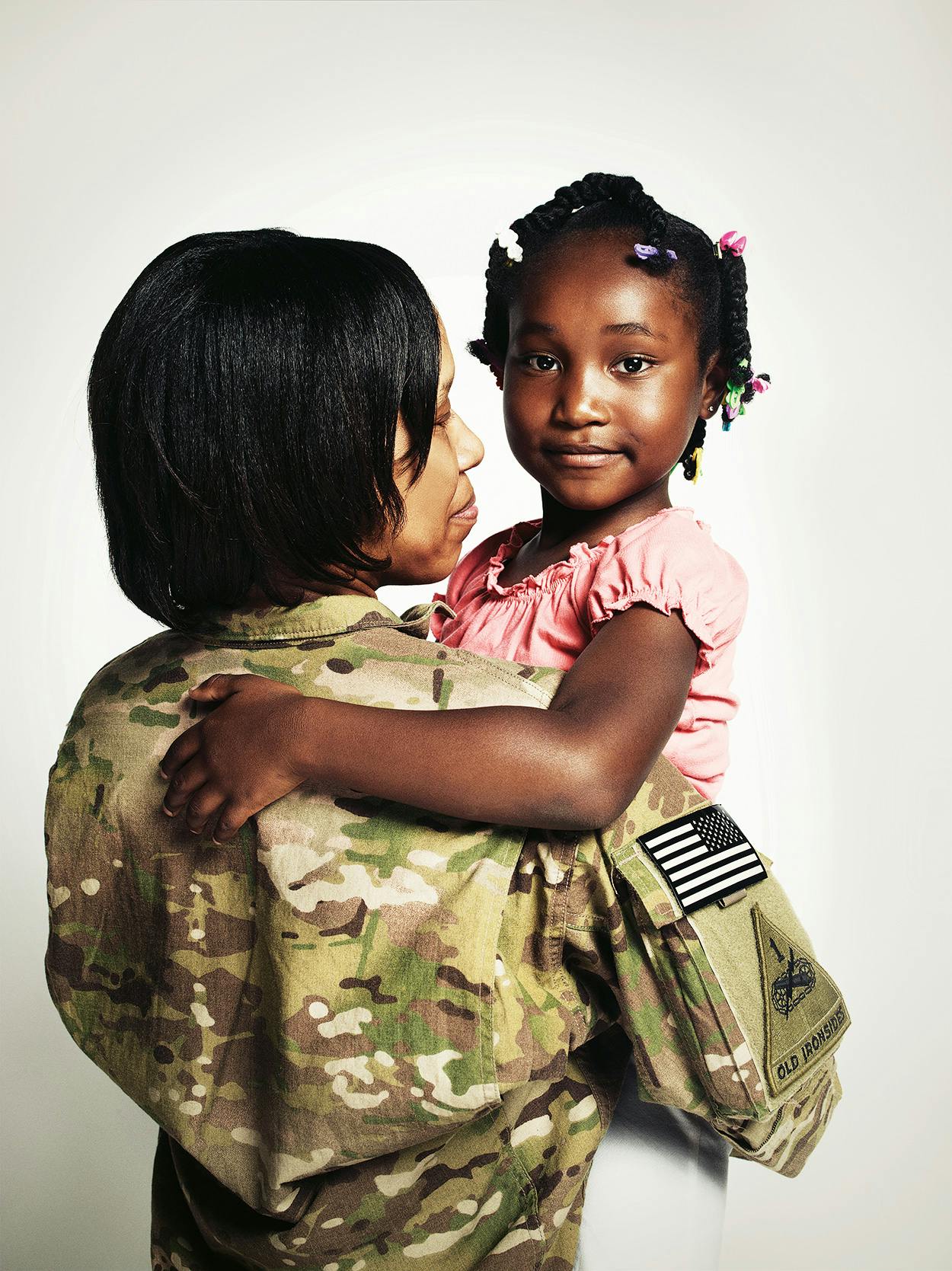
Sheila White, Sergeant First Class
“At War’s End,” by John Spong | July 2013 Issue
“Of all the Army installations in the United States, none mobilizes or demobilizes more servicemembers than Fort Bliss, in El Paso, which transitions some 26,000 soldiers, sailors, airmen, and Marines each year,” wrote Spong. At the time of publication, the combat mission in Afghanistan was drawing to a close, which meant that, for the first time in more than a decade, White and other servicemembers reuniting with family at Fort Bliss held out hope of getting to stay awhile.

The Allen Hawks, Youth Football Team
“Friday Night Tykes,” by Bryan Curtis | January 2013 Issue
Even as the sport is besieged by concerns about debilitating brain damage, football has never lost its cultural cachet in Texas. If anything, in places like the North Texas suburb of Allen, it’s thriving as never before. “By the time an Allen boy can read Harry Potter, he has become a football savant,” wrote Curtis. “Cullen Perkins, a Hawks tackle, told me he watches Blu-ray game film on his flat-screen in bed at night and writes little notes to himself about what he can do better.”
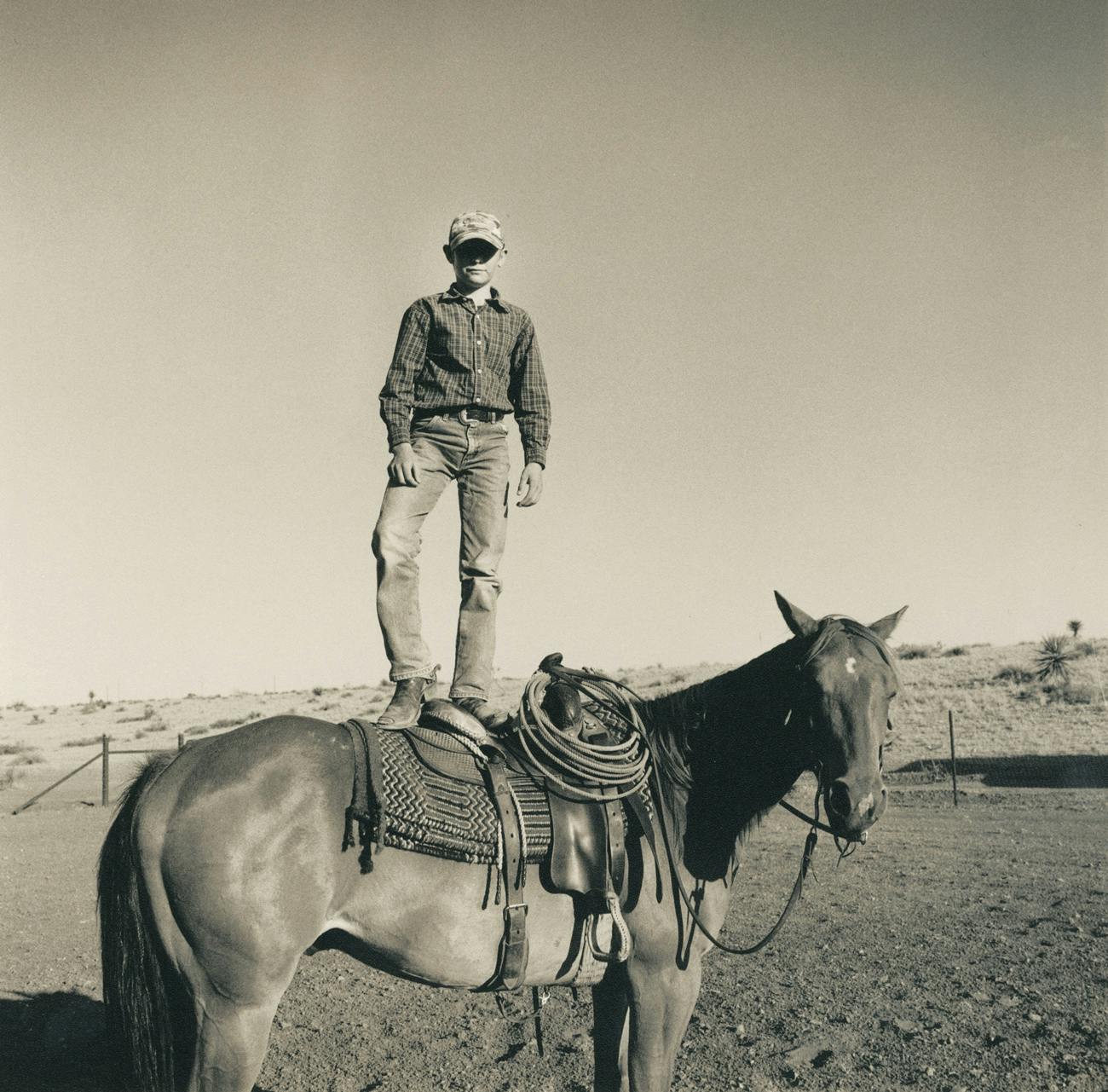
Tanner Klein, Ranch Hand
“The Boys of the Dipper Ranch,” by Sterry Butcher | September 2012 Issue
“The notion of living on a ruggedly beautiful ranch, dependent on no one but your own family, working with dogs and horses and cattle, is deeply alluring, a timeless idyll that is peculiarly Texan,” wrote Butcher. Yet rare are those who actually decamp from modern life. Walter and Brenda Klein and their three sons (Jasper, 15; Trevor, 13; and Tanner, 11) managed a 50,000-acre ranch in far West Texas. “The boys could be living in 1912 instead of 2012, their squeaking saddles making music as their horses long-trot to mama cows and calves in distant pastures.”







